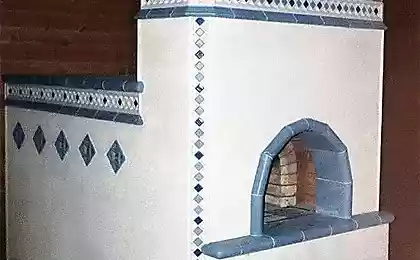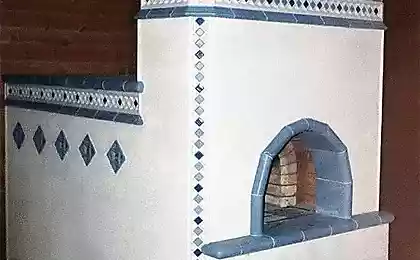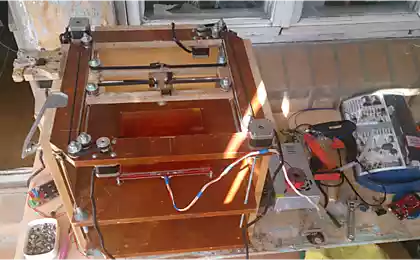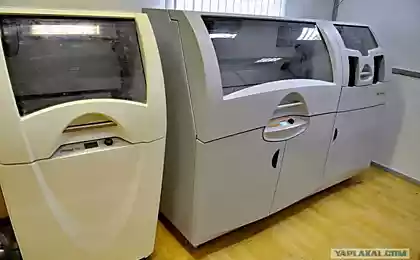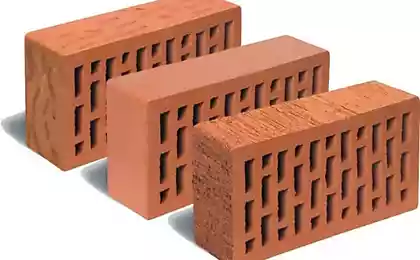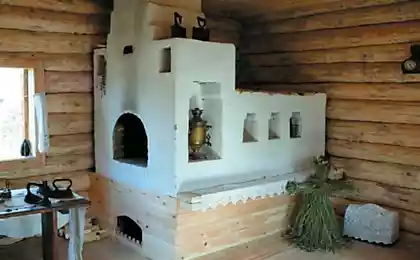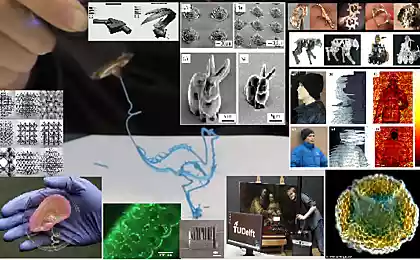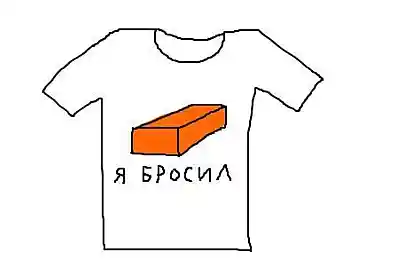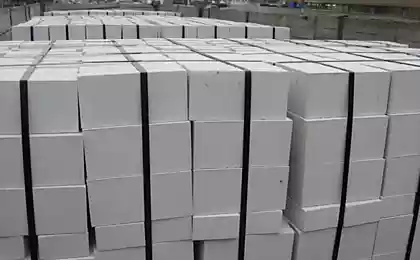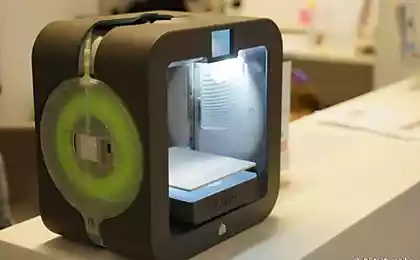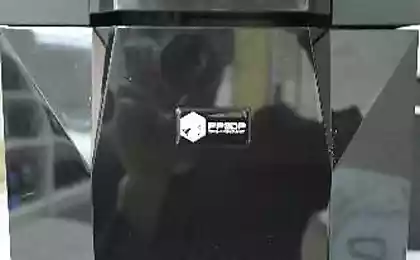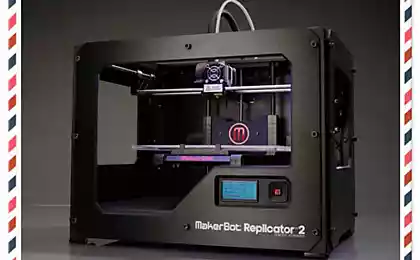515
Sunlight helped to print the bricks from regolith
To create space stations on other planets and satellites need simple and fast technology of construction of buildings that will protect astronauts from solar radiation. It is obvious that existing technology does not allow to deliver to the moon a large number of building materials. Experts from the European Space Agency decided to develop a construction technology, that requires only the delivery of basic equipment and can use the resources available on the moon.
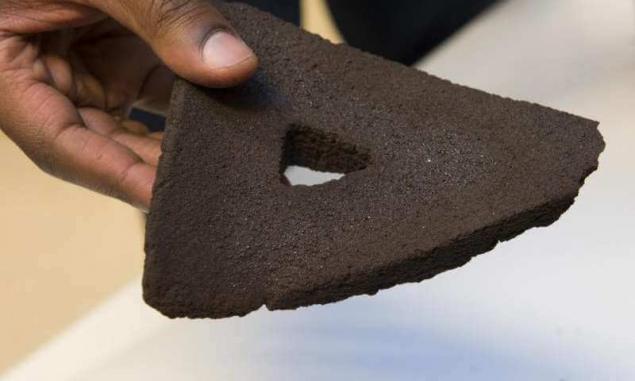
Block, printed from regolith on a 3D printer with the help of sunlight. ESA–G. Porter, CC BY-SA 3.0 IGO
As a result of all lunar missions on the Ground was delivered only a few hundred kilograms of lunar soil. Because of this, researchers in their experiments had to use its substitute, consisting of terrestrial volcanic rock that had the composition and particle size similar to that of lunar soil.
In order not to use the laser or the heating elements, the scientists decided to sintering the ground with the help of concentrated sunlight, which is sent to a single point 147 of curved mirrors.
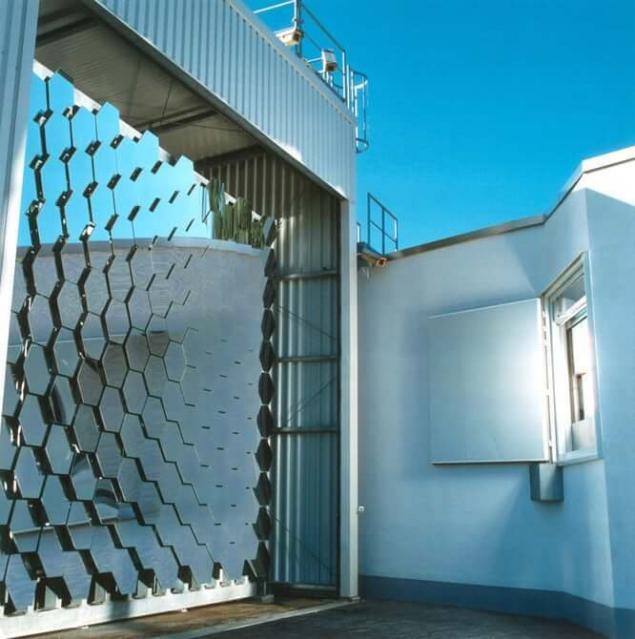
To demonstrate the technology, the researchers decided to make a few "lunar bricks". Sometimes due to the instability of the weather, the sunlight had to be simulated with the help of powerful xenon lamps. As a result, the engineers managed to get a few samples. The largest of these has dimensions of 20×10×3 cm and thickness of layers is about 100 micrometers. Scientists say that during sintering the temperature reached thousands of degrees Celsius, so the face of the block turned out uneven. This is probably due to different cooling rate of the center and the edge of the box.
The researchers note that at the moment it is more of a technology demonstrator, showing real application of the concept of this printer. In the future planned testing of the system in vacuum to closely mimic lunar conditions.
Recently, engineers from the University presented a similar project on sintering of regolith by solar light, which, however, is still pending. The scientists noted that the project was inspired by the designer Solar Sinter Markus Kayser (Markus Kayser), in which he created a 3D printer that prints with sand and use sunlight. Also the technology of 3D printing regolith recently demonstrated by engineers of the American North-West University. published
P. S. And remember, only by changing their consumption — together we change the world! ©
Source: //www.nanonewsnet.ru/news/2017/solnechnyi-svet-pomog-napechatat-kirpichi-iz-regolita

Block, printed from regolith on a 3D printer with the help of sunlight. ESA–G. Porter, CC BY-SA 3.0 IGO
As a result of all lunar missions on the Ground was delivered only a few hundred kilograms of lunar soil. Because of this, researchers in their experiments had to use its substitute, consisting of terrestrial volcanic rock that had the composition and particle size similar to that of lunar soil.
In order not to use the laser or the heating elements, the scientists decided to sintering the ground with the help of concentrated sunlight, which is sent to a single point 147 of curved mirrors.

To demonstrate the technology, the researchers decided to make a few "lunar bricks". Sometimes due to the instability of the weather, the sunlight had to be simulated with the help of powerful xenon lamps. As a result, the engineers managed to get a few samples. The largest of these has dimensions of 20×10×3 cm and thickness of layers is about 100 micrometers. Scientists say that during sintering the temperature reached thousands of degrees Celsius, so the face of the block turned out uneven. This is probably due to different cooling rate of the center and the edge of the box.
The researchers note that at the moment it is more of a technology demonstrator, showing real application of the concept of this printer. In the future planned testing of the system in vacuum to closely mimic lunar conditions.
Recently, engineers from the University presented a similar project on sintering of regolith by solar light, which, however, is still pending. The scientists noted that the project was inspired by the designer Solar Sinter Markus Kayser (Markus Kayser), in which he created a 3D printer that prints with sand and use sunlight. Also the technology of 3D printing regolith recently demonstrated by engineers of the American North-West University. published
P. S. And remember, only by changing their consumption — together we change the world! ©
Source: //www.nanonewsnet.ru/news/2017/solnechnyi-svet-pomog-napechatat-kirpichi-iz-regolita

